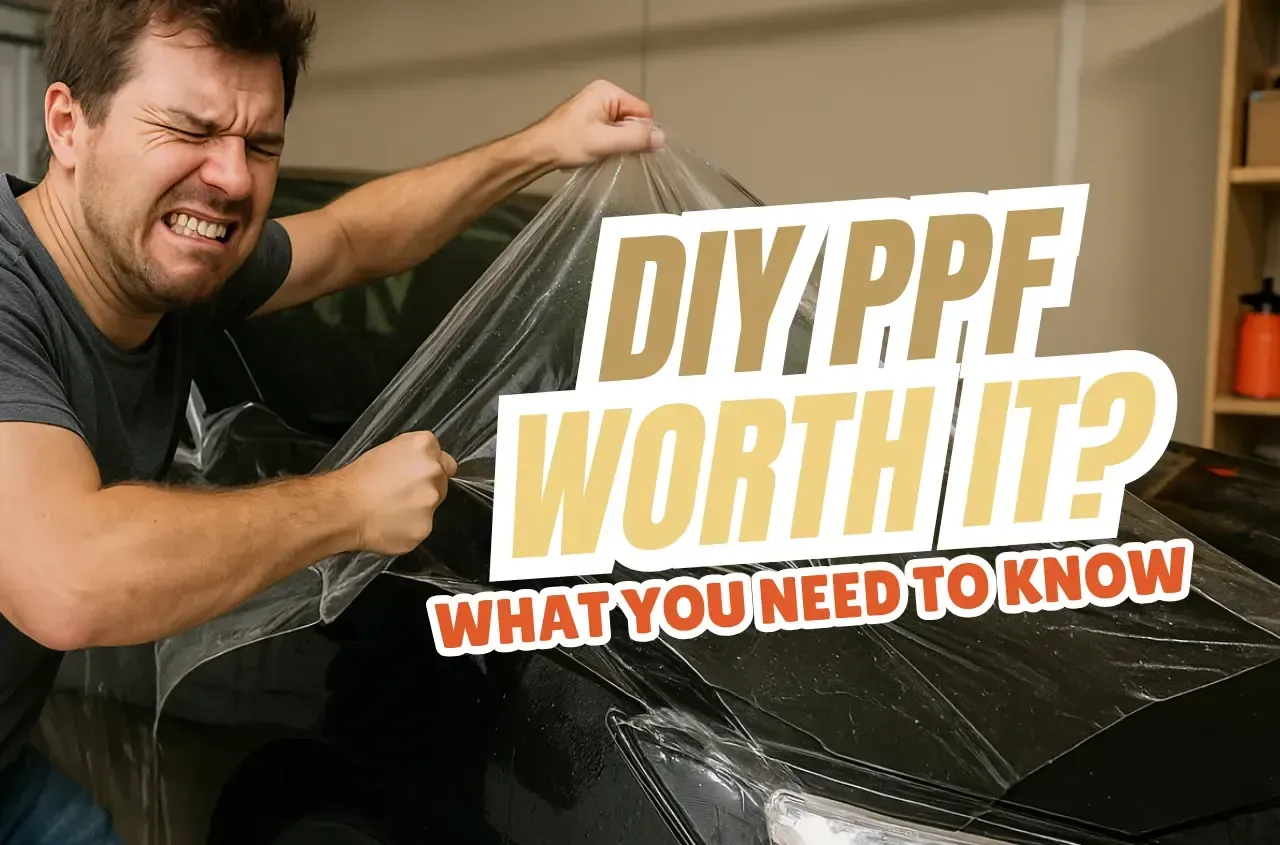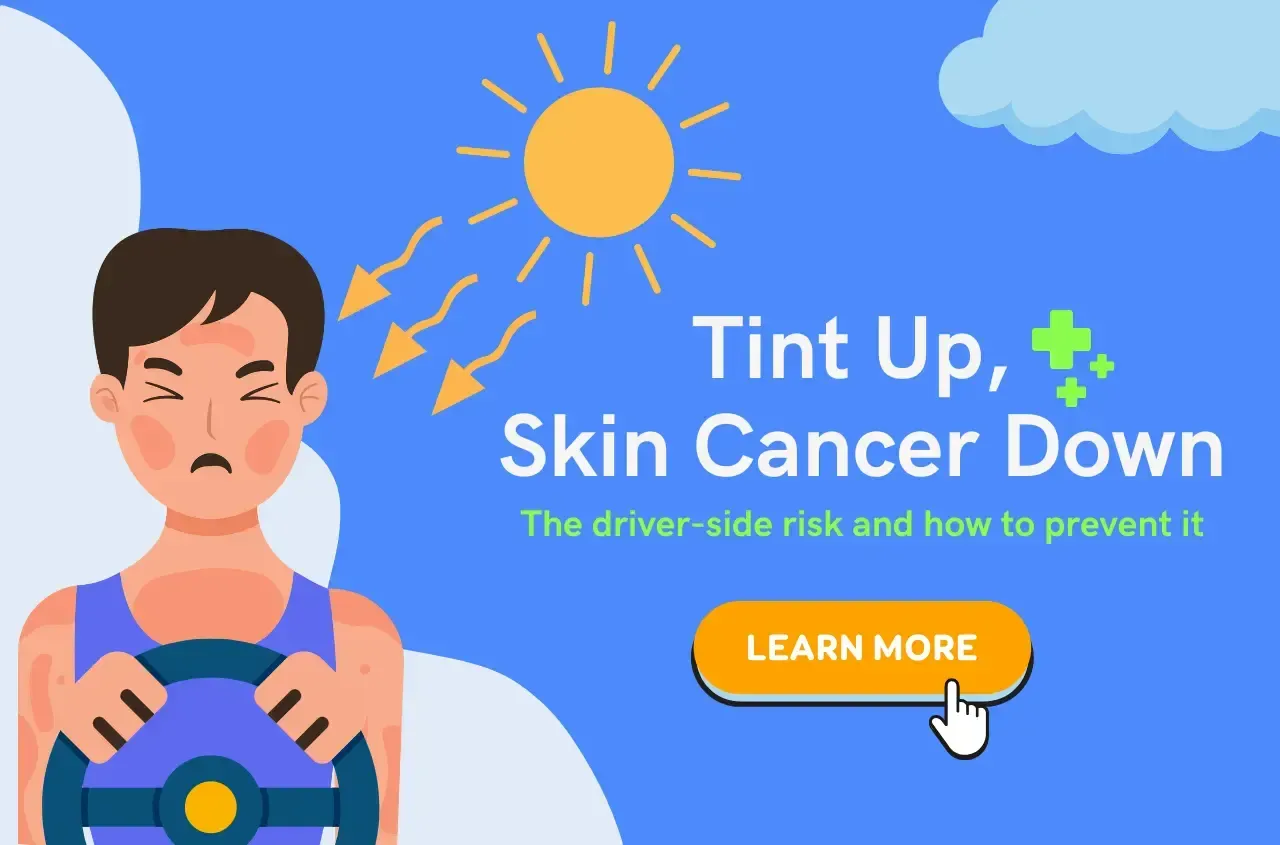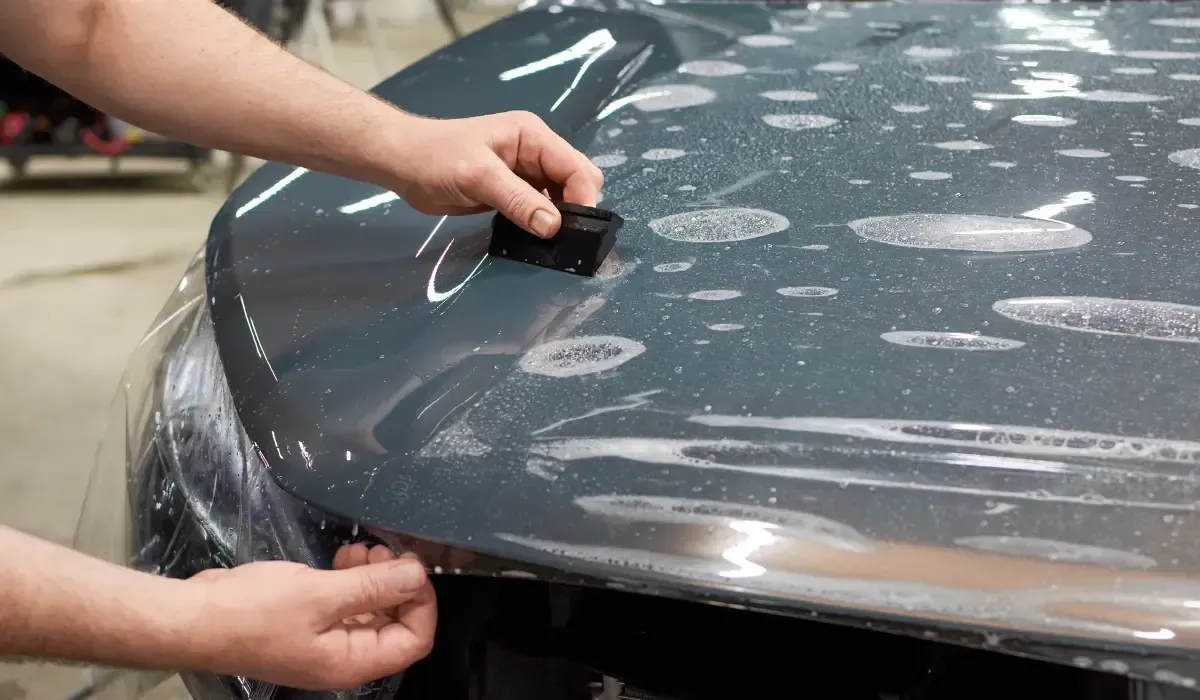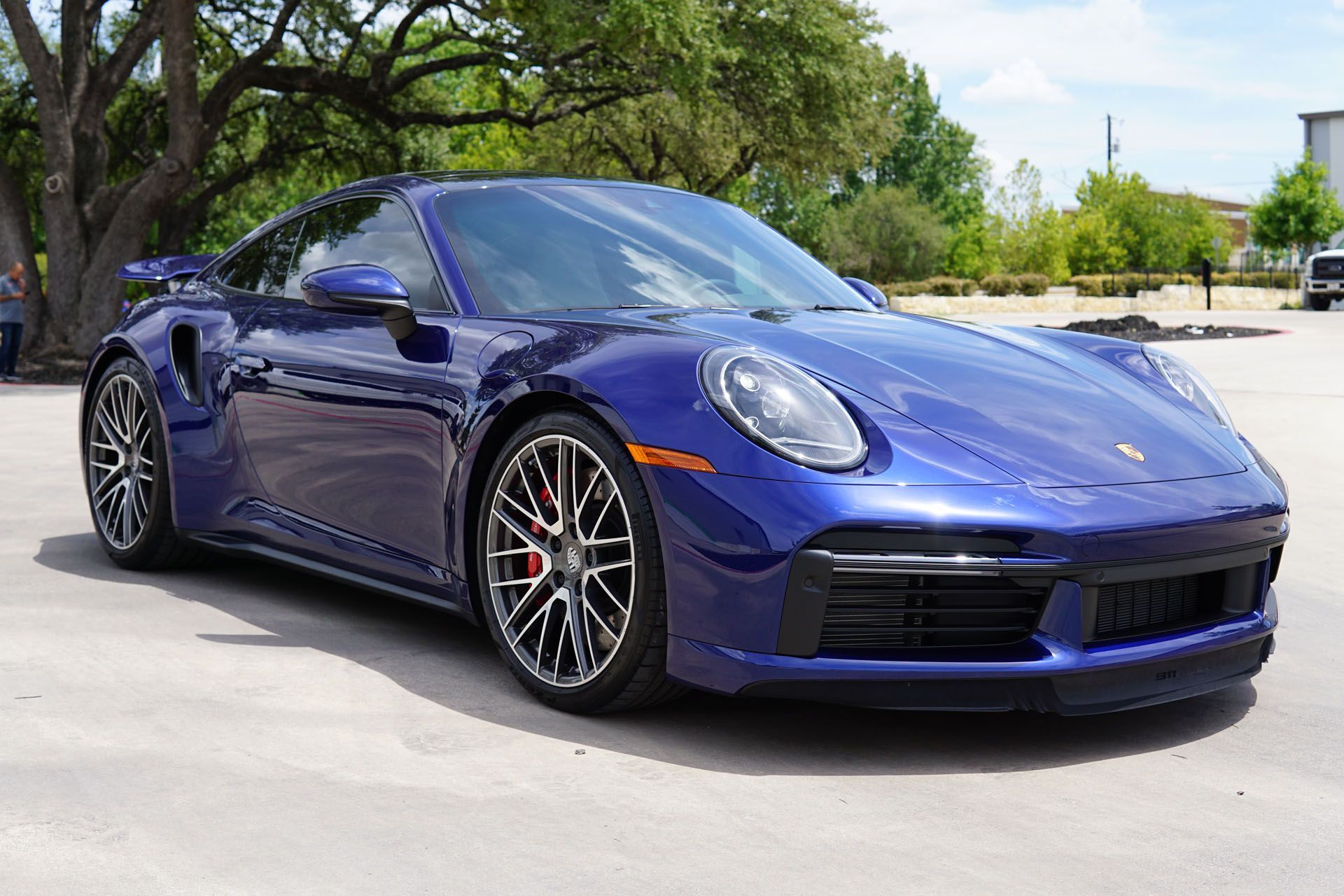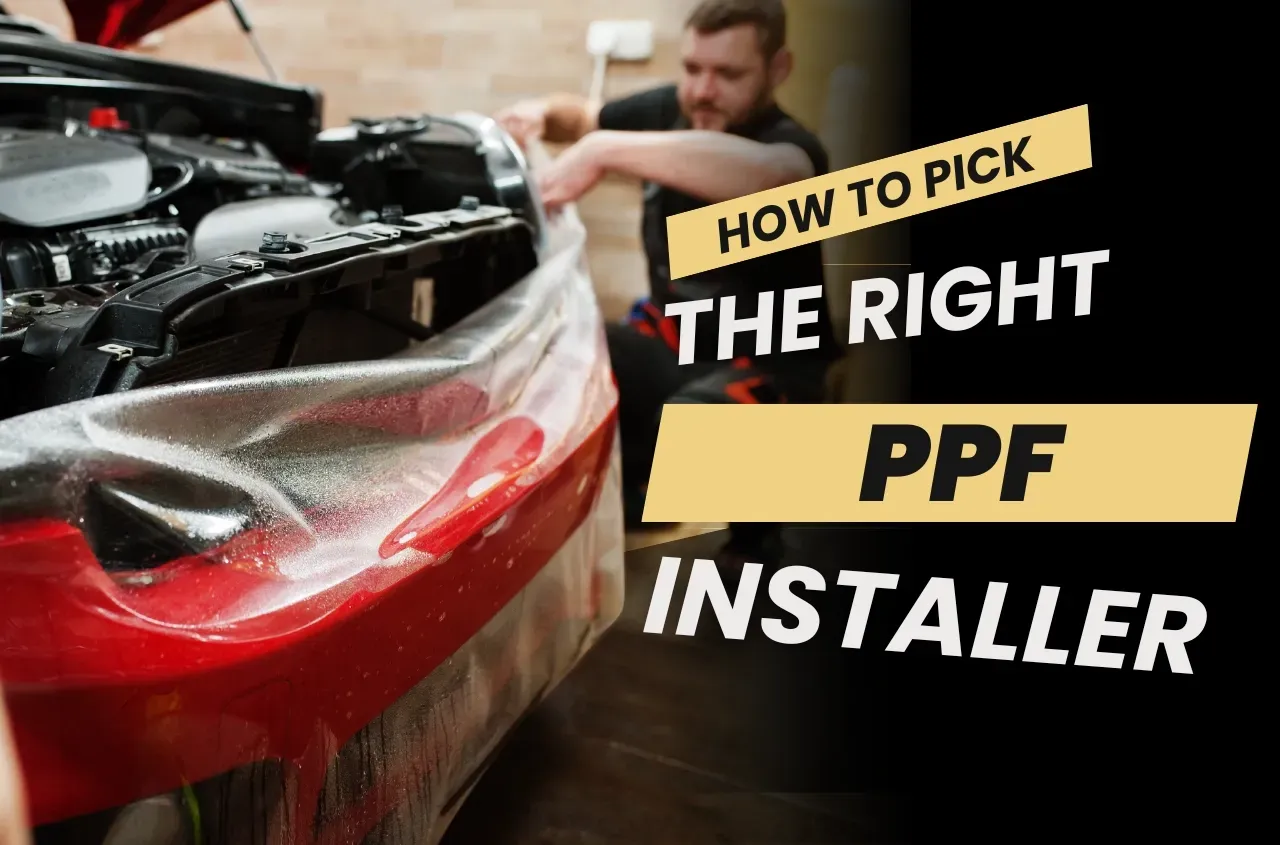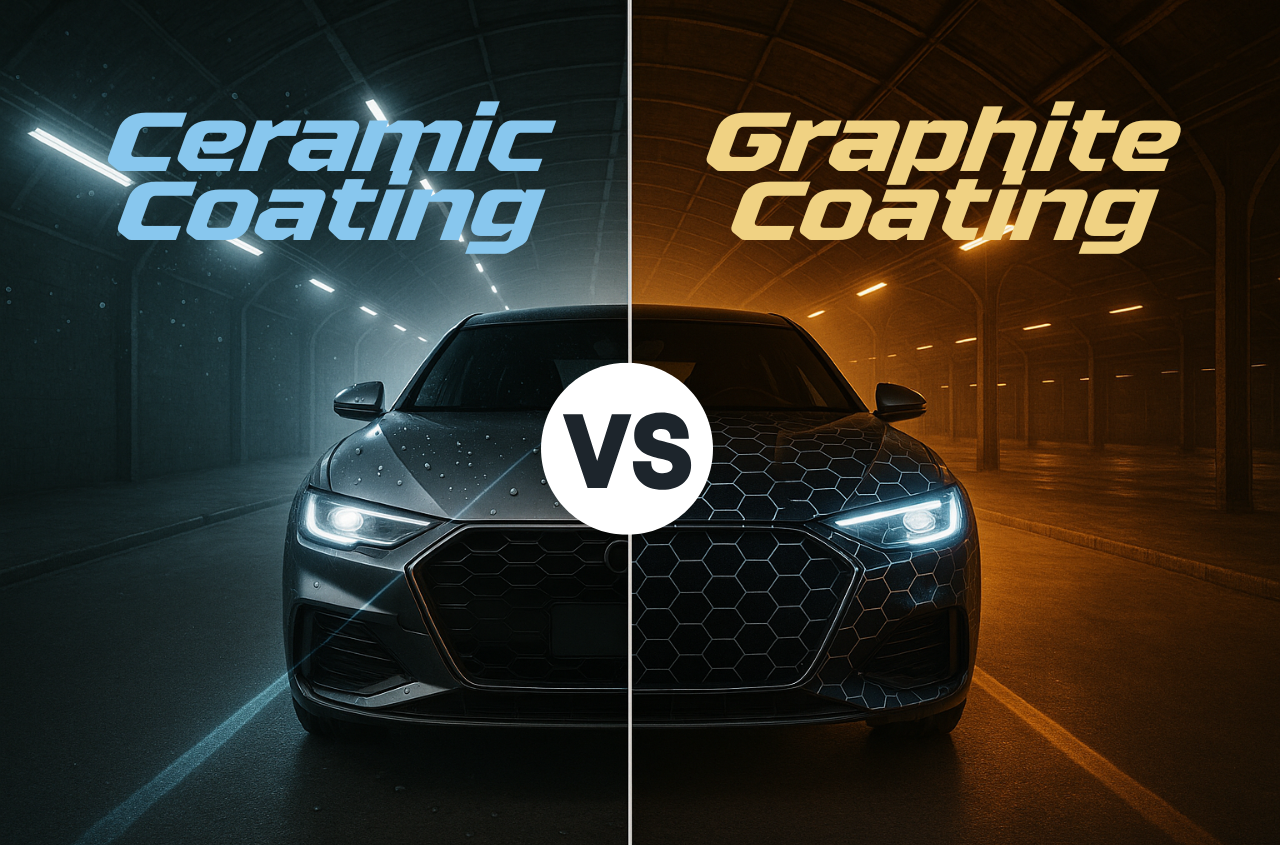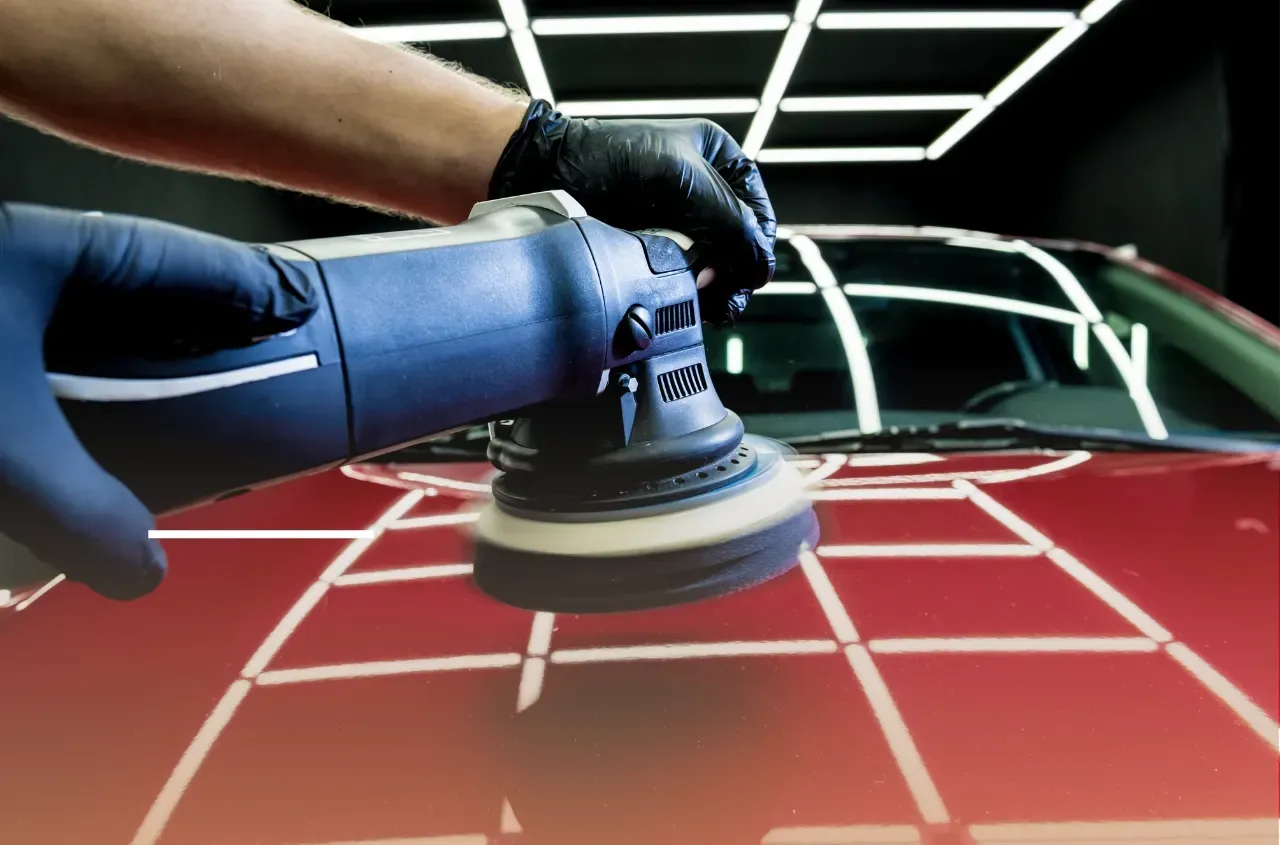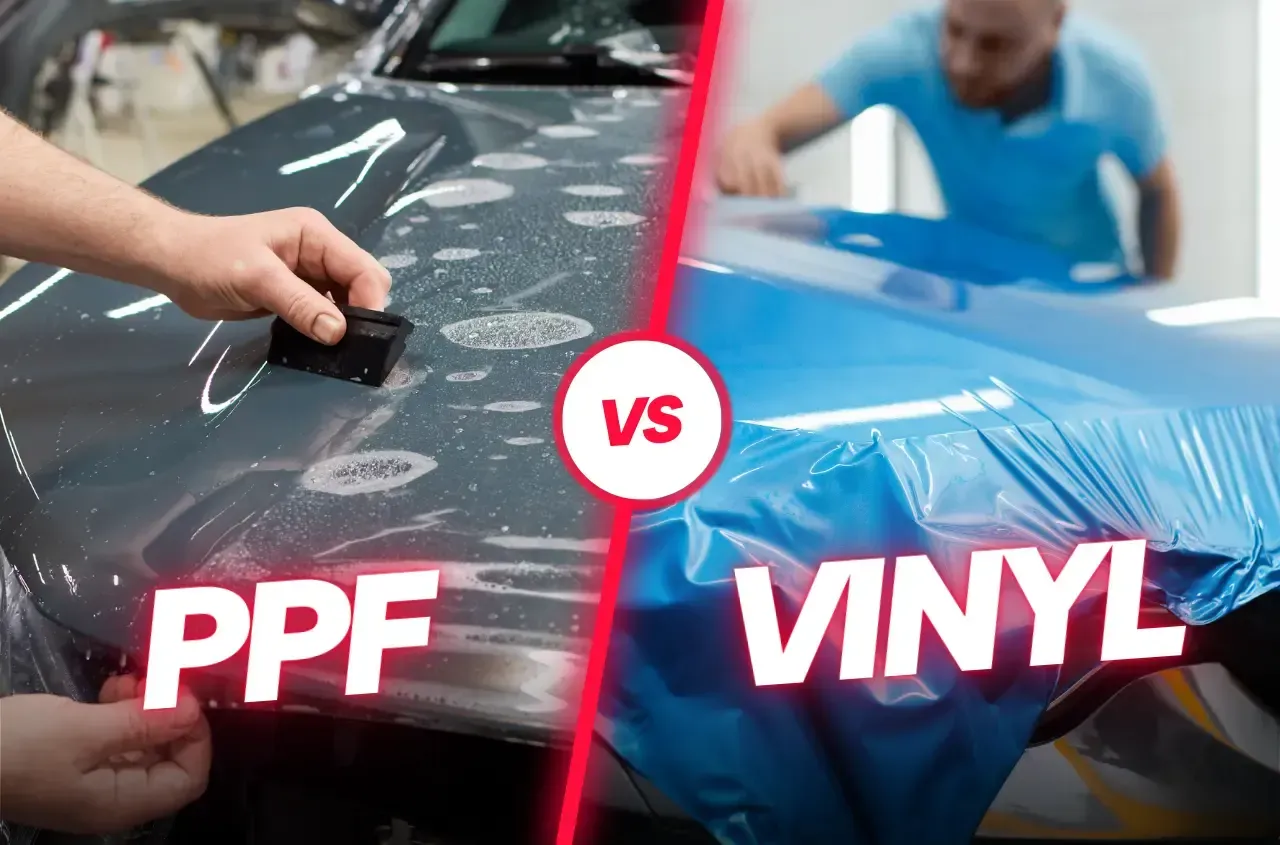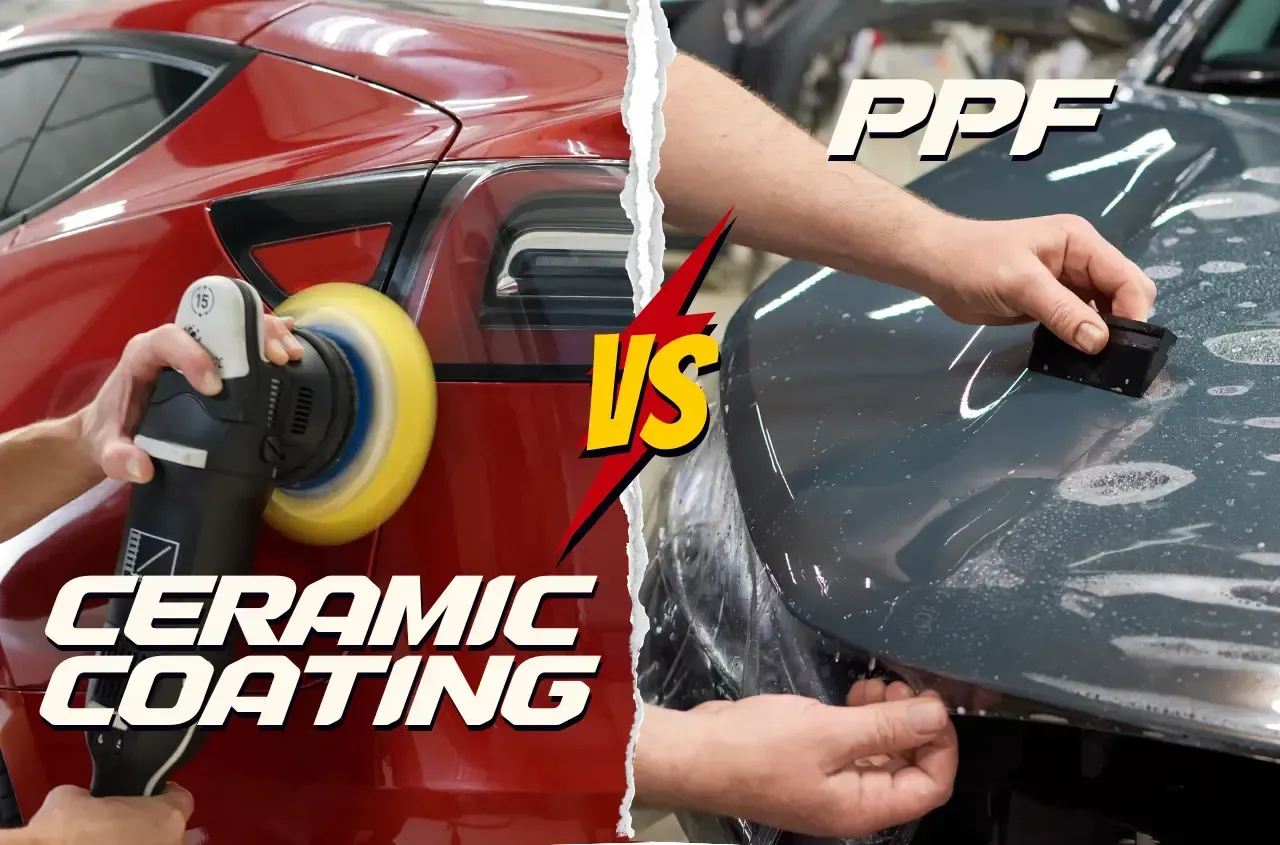If you're considering window tinting for your vehicle in Austin, TX, it's crucial to understand Texas window tint laws to avoid fines and ensure compliance. Whether you're looking to reduce glare, improve privacy, or protect your car’s interior from the intense Texas sun, legal tinting can offer numerous benefits while keeping you on the right side of the law.
Non-compliant window tinting can lead to fines of up to
$1,000. Law enforcement officers in Texas actively check for improper tinting, so ensuring your tint follows regulations will help you avoid penalties.
Benefits of Window Tinting
List of Services
-
UV Protection Write a description for this list item and include information that will interest site visitors. For example, you may want to describe a team member's experience, what makes a product special, or a unique service that you offer.
-
Heat ReductionList Item 2
Keeps your vehicle cooler, especially during scorching Texas summers, with up to 98% infrared heat rejection. Austin can see more than 60 days of triple-digit heat, making heat-reducing tint essential for comfort and efficiency.
-
Glare ReductionList Item 3
Improves visibility by reducing sun glare, making driving safer, while also adding an extra layer of security by making it harder for outsiders to see into your vehicle.
-
Style EnhancementList Item 4
Enhances your vehicle’s aesthetic appeal with a sleek, modern look while maintaining compliance with Texas laws.
Texas Window Tint Laws: What You Need to Know
General Window Tinting Rules for All Vehicles
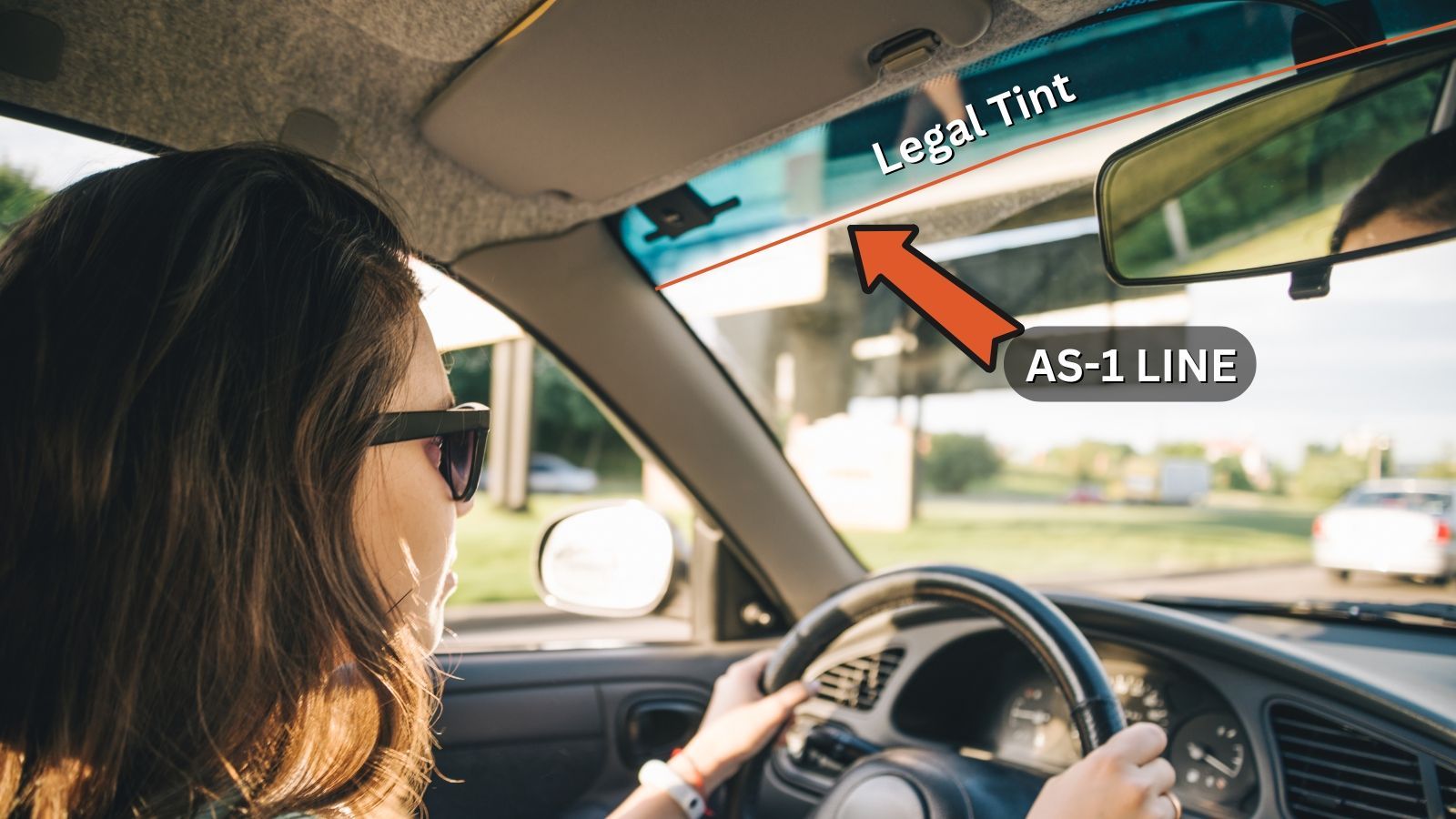
- Tint Application: Tint is permitted above the AS-1 line, which is a marking on most windshields indicating the uppermost part of the driver's field of vision. If the AS-1 line is not visible, the tint must be limited to the top 5 inches of the windshield. If the AS-1 line is not visible, the tint must be limited to the top 5 inches of the windshield.
- Light Transmission: The combined tint and glass must allow at least 25% of light to pass through.
- Reflectance: Reflectance refers to how much light is reflected off the tinted surface. A tint with more than 25% reflectivity can create excessive glare for other drivers, which is why Texas restricts it to this limit.
- Color Restrictions: Red, amber, and blue tints are prohibited.
List of Services
-
Front Windshield
In Texas, it's legal to apply a clear, untinted film to your entire windshield as long as the combined tint level with the glass stays above 70% VLT, which is virtually the same original clarity of your factory windshield, which is typically around 80% VLT. A darker strip is still allowed at the top, but it can't extend below the AS1 line.
So why add clear film? Even at 70% VLT, high-quality tint blocks 99% of UV rays and rejects up to 92% of infrared heat, making a real difference in Austin’s intense sun. It keeps your car cooler, protects your interior, and reduces UV exposure without changing visibility.
-
Front Windshield - AS-1 LineList Item 1
The AS-1 line on a windshield marks the highest point at which sunscreening devices may be applied (excluding clear film). If no AS-1 line is present, tinting must be limited to within five inches from the top of the windshield. A visible light transmission (VLT) of at least 25% is permitted in this area.
-
Front Side WindowsList Item 2
- Tint must allow at least 25% of light to pass through.
- Must not exceed 25% reflectivity.
-
Rear Side WindowsList Item 3
The Texas Transportation Code exempts side windows to the rear of the driver from regulation. Therefore, there are no restrictions on tint or reflectivity for these windows.
-
Rear WindowList Item 4
If a vehicle is equipped with an outside mirror on each side that provides a view of at least 200 feet to the rear, there are no restrictions on the tint applied to the rear window. If such mirrors are not present, the rear window tint must have a light transmittance of at least 25% and a luminous reflectance of 25% or less.
Additional Texas Tinting Regulations
- Side Mirrors: If the rear window is tinted, the vehicle must have dual side mirrors.
- Medical Exemptions: As of January 1, 2019, the Texas Department of Public Safety no longer issues Window Tint Exemption Certificates. Instead, motorists must obtain a signed medical exemption statement from a licensed physician or optometrist. This statement must be presented during annual vehicle inspections and kept in the vehicle to be shown to law enforcement if necessary.
- Tint Identification Sticker: Texas law requires a sticker between the tint and the glass on the driver’s side window to confirm compliance.
Where to Get Legal Window Tinting
Apex Auto Shield in Leander, TX, is the top choice for window tinting, offering high-quality XPEL films like Prime CS Black, Prime XR Black, and Prime XR Plus. These tints provide superior heat rejection, UV protection, and enhanced privacy, ensuring both comfort and style for your vehicle.
With tint packages starting at just $69.99, Apex Auto Shield caters to all budgets and needs. Their expert installation and commitment to customer satisfaction make them the go-to destination for legal, high-performance window tinting.
Final Thoughts
Before you tint your windows, make sure your chosen shade and reflectivity align with Texas laws. Keeping your tint within legal limits will not only help you avoid fines but also enhance your driving experience in Austin, Leander, and beyond. If you're unsure whether your current tint is compliant, visit a local window tint specialist to have it checked.
For more information on Texas tint laws, visit the Texas Department of Public Safety.
Get a QUICK QUOTE TODAY
General Contact
